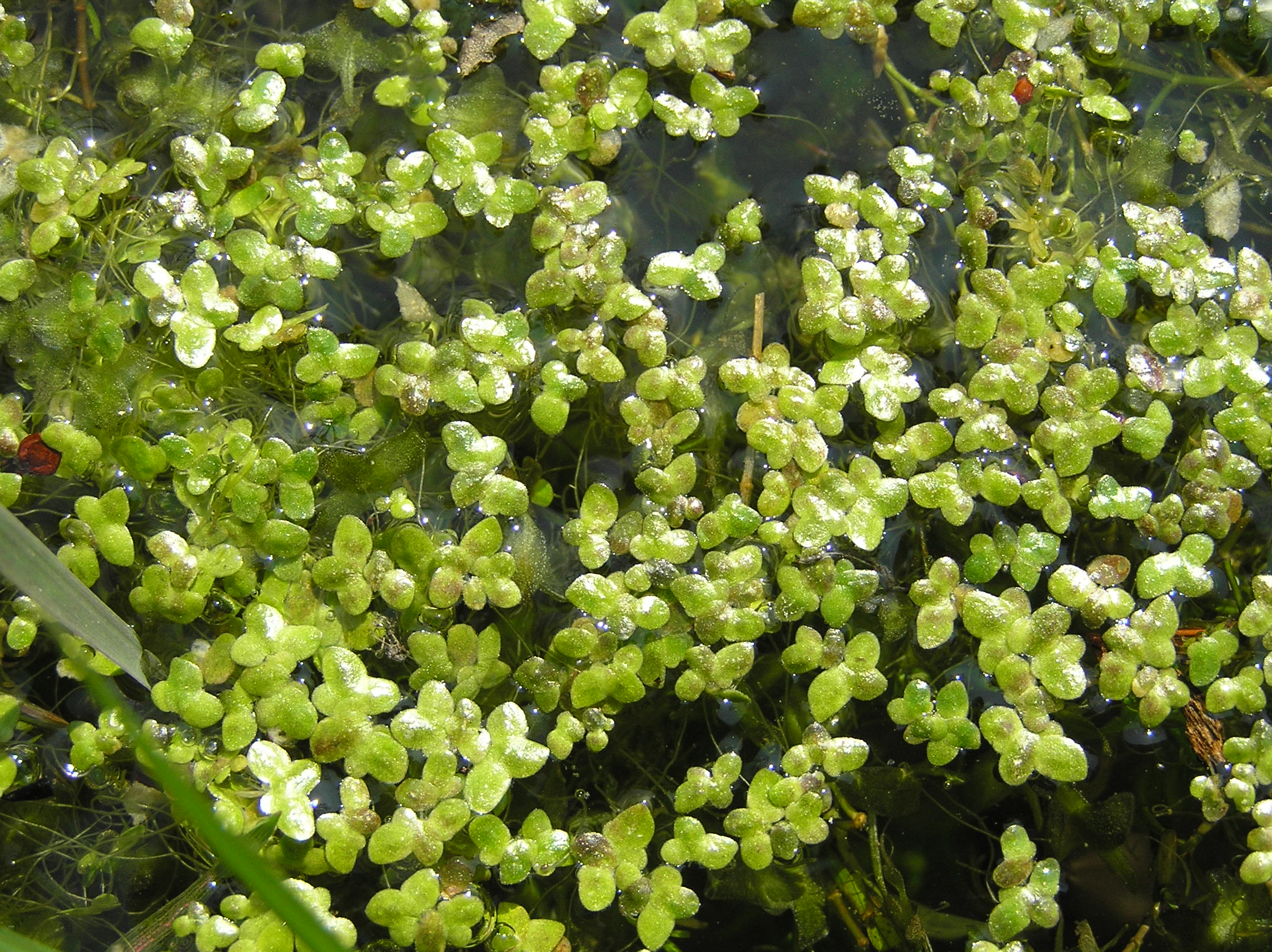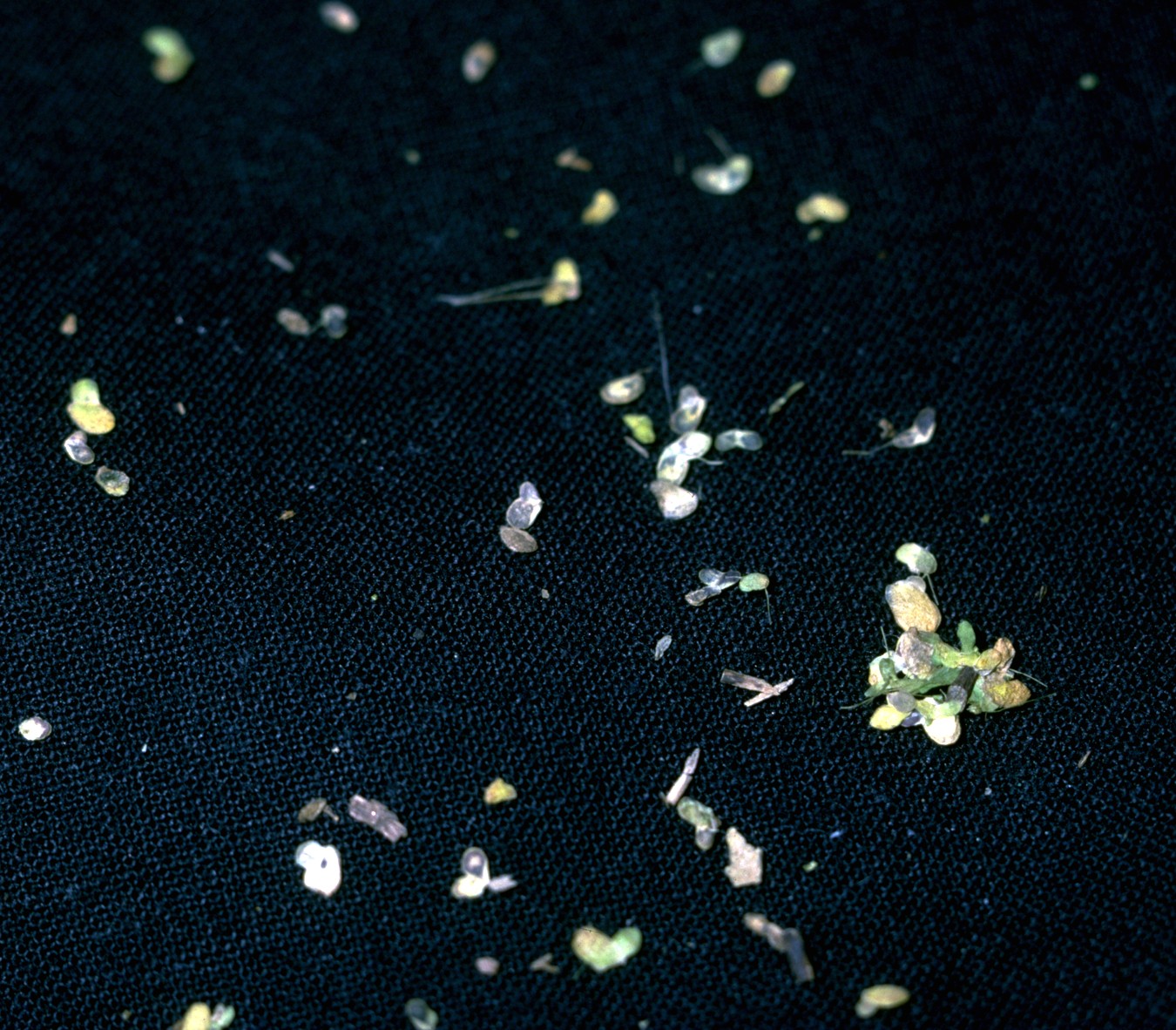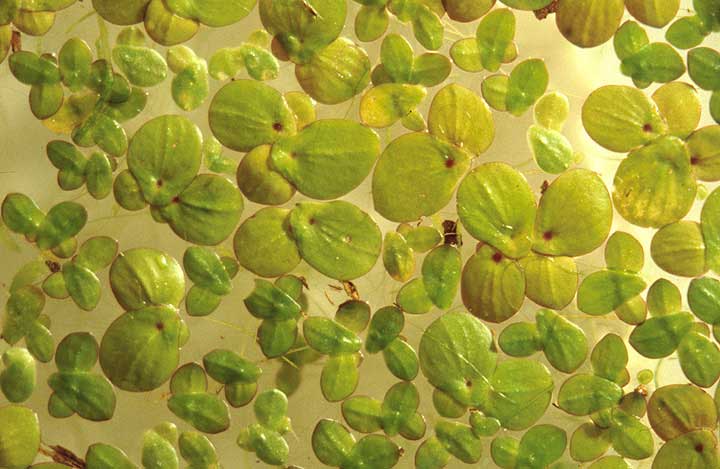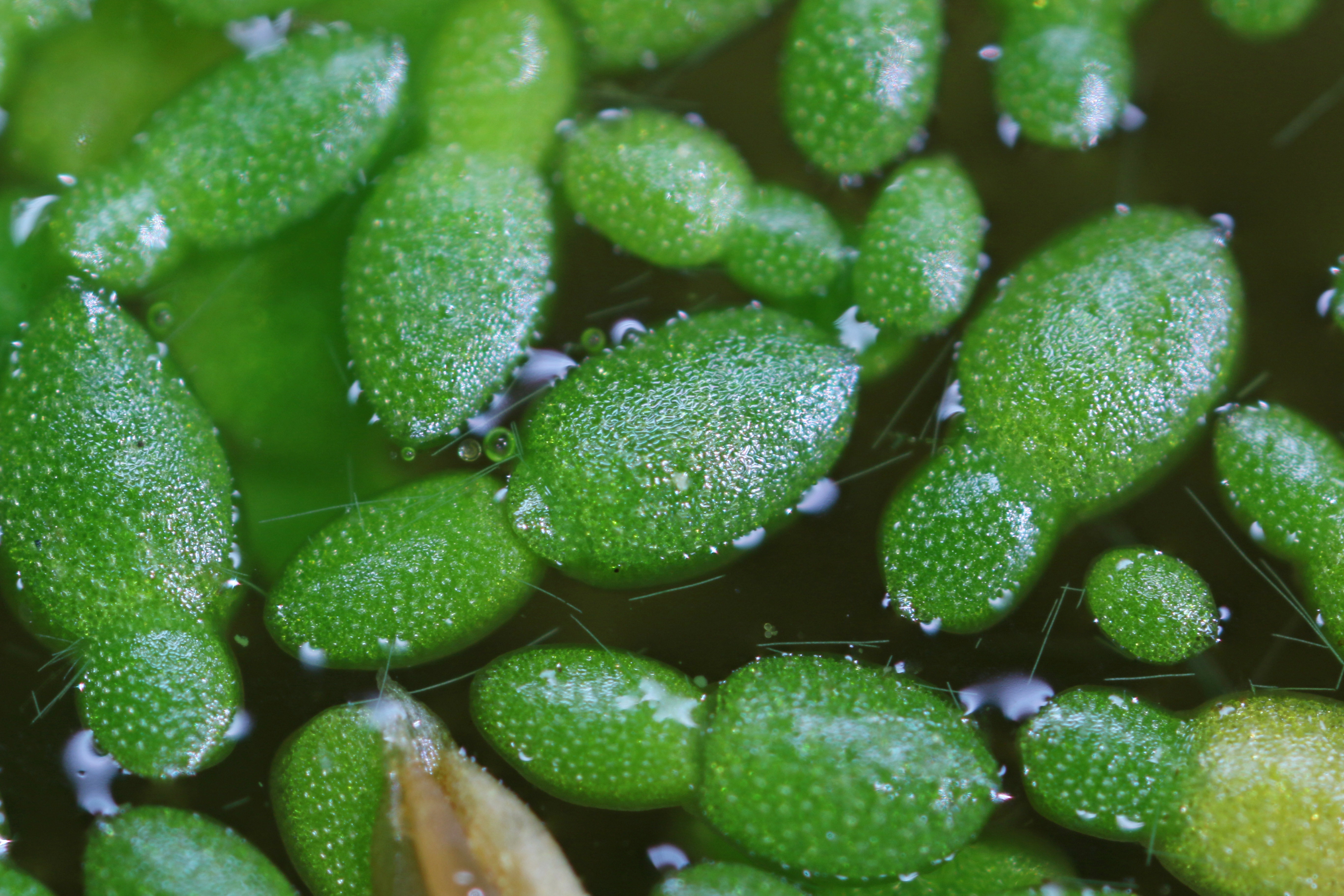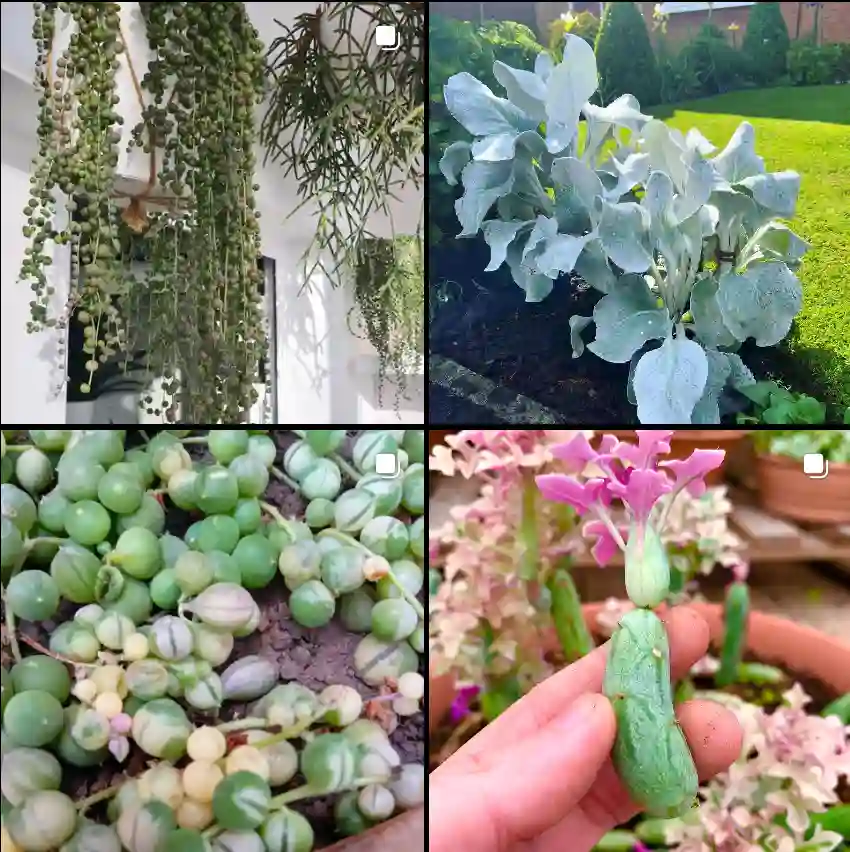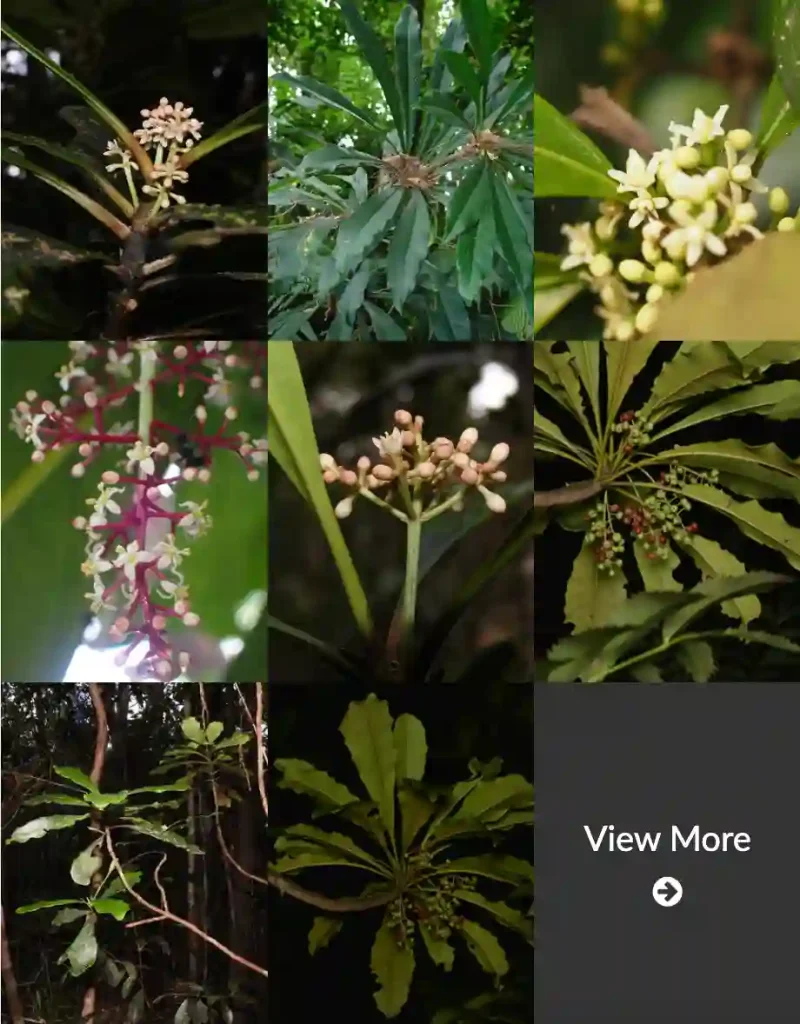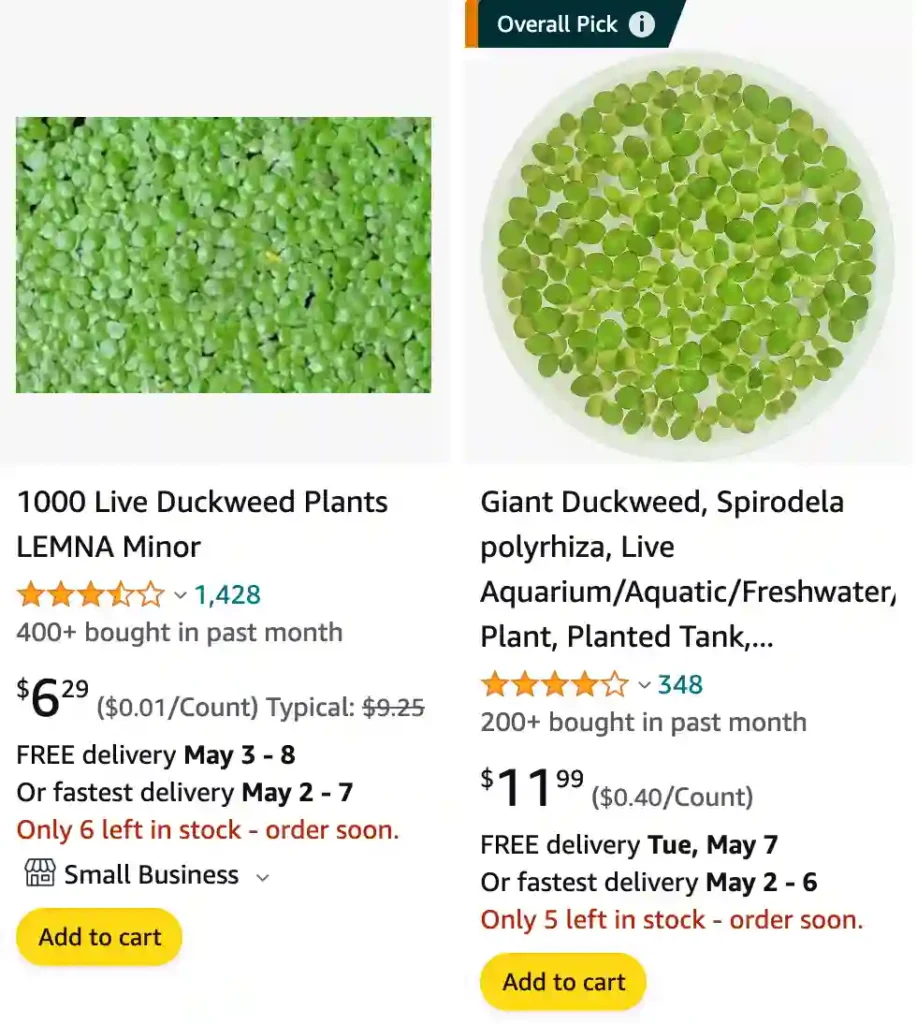
What is duckweed?
Duckweeds, often referred to as nature’s tiny miracles, are a captivating group of aquatic plants that have captured my attention. These miniature green wonders, known scientifically as Spirodela, Lemna, Wolffiella, and Wolffia, thrive on the surface of still or slow-moving freshwater bodies, offering a multitude of benefits to ecosystems and even humans. In this article, we will embark on a journey to discover the intriguing world of duckweeds, their taxonomy, ecological significance, and potential applications.
Duckweeds: Nature’s Aquatic Marvels
Duckweeds belong to the Lemnoideae subfamily, a unique group of flowering aquatic plants that defy traditional botanical conventions. What sets them apart is their deceptively simple structure. These plants lack the conventional stems and leaves we associate with typical plants. Instead, they consist mainly of small, organized thallus or frond structures, often only a few cells thick, that gracefully float on or just below the water’s surface. Depending on the species, some duckweeds may have simple rootlets, while others may have none at all.
The World’s Smallest Flower
Among the duckweed genera, Wolffia stands out with the world’s smallest known flower, measuring a mere 0.3 mm in length. These miniature flowers give rise to utricles, encapsulating seeds within air-filled chambers, facilitating their buoyancy.
Common Duckweed Varieties
1. Lemna Aequinoctialis
Commonly known as the lesser duckweed, is a diminutive floating aquatic plant typically located in tranquil waters within tropical and subtropical areas. Its fronds are typically green, measure up to 6 mm in length, and feature three prominent veins. The plant produces small, one-ovulate flowers characterized by open utricular scales on one side. Additionally, the seeds of this species exhibit 8 to 26 ribs.
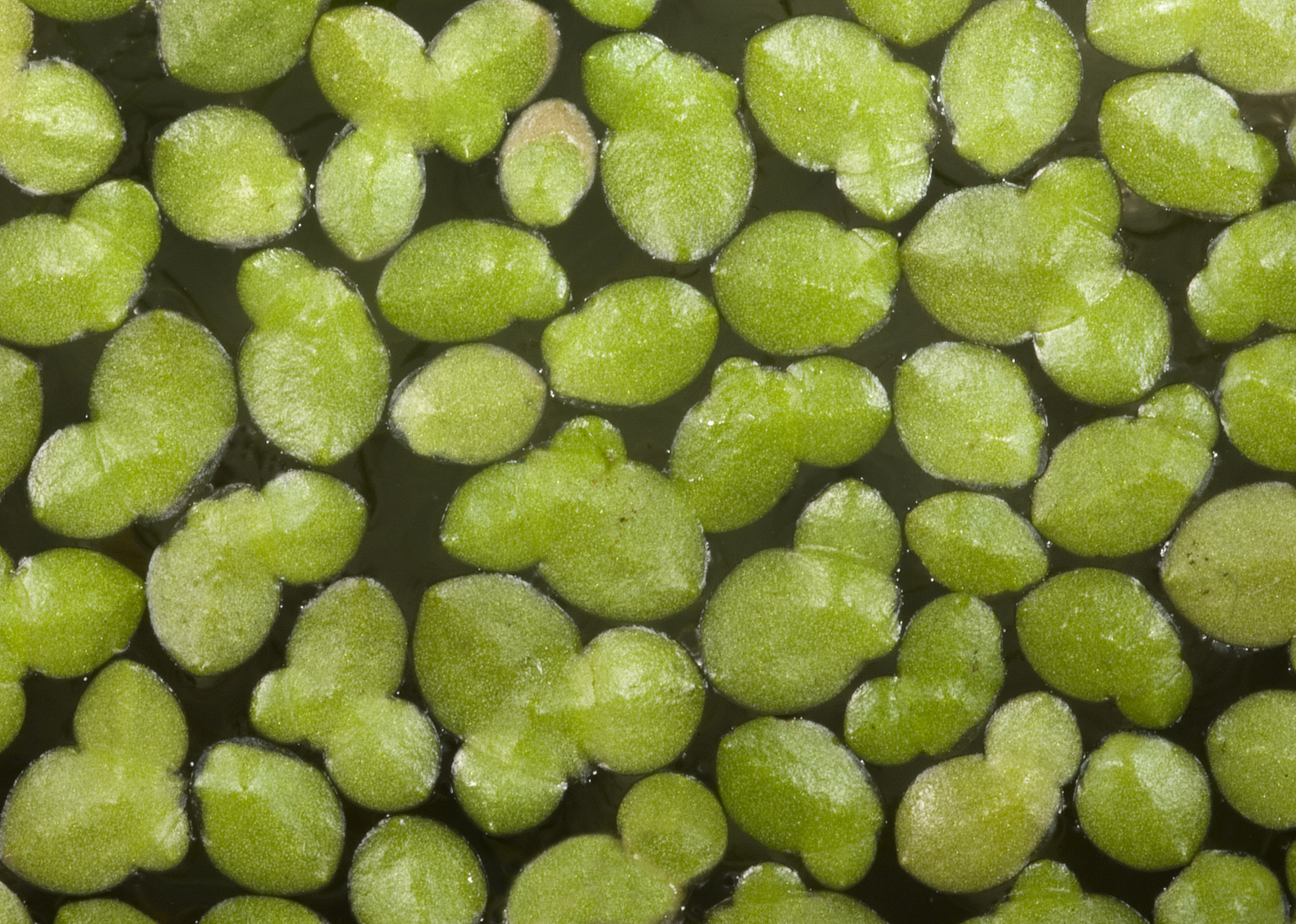
By Kevin Thiele from Perth, Australia
2. Lemna Perpusilla
It is indigenous to the central and eastern regions of the United States, as well as Quebec in Canada, and has been introduced to various locations worldwide. This plant thrives in tranquil or extremely slowly flowing water environments.
3. Lemna Gibba
Commonly referred to as the gibbous duckweed, swollen duckweed, or fat duckweed, its uncomplicated plant structure, called a thallus, floats gracefully on the water’s surface, typically measuring between 3 to 5 mm (0.12 to 0.20 inches) in diameter. A solitary root dangles beneath it, reaching into the water. This prevalent duckweed species can be encountered in a broad spectrum of still or slowly moving water bodies and can also establish itself on mud or moist rocks.
4. Lemna Minor
L. Minor serves various purposes, including animal fodder, bioremediation, wastewater nutrient recovery, and a range of other applications.
5. Lemna Obscura
Its habitat spans from the United States to the south, reaching Colombia and Ecuador.
6. Lemna Trisulca
Its distribution is subcosmopolitan, meaning it can be found in various parts of the world. What sets it apart from other duckweeds is that its fronds typically remain submerged rather than floating, except during the flowering or fruiting stages. Furthermore, in contrast to typical duckweeds, Lemna Trisulca tends to have multiple fronds that stay interconnected simultaneously.
7. Lemna Turionifera
Lemna turionifera is a flowering plant species within the Araceae family.
8. Lemna Minuta
Commonly called least duckweed, it is the tiniest among the Lemna species. Its native range spans certain parts of the Americas, with naturalized populations in other regions, although its precise original distribution remains uncertain. Additionally, this plant has been introduced to continents outside its native range. Notably, its distribution continues to expand, as seen by its first description in Poland in 2007. In several regions, Lemna Minuta is considered a troublesome weed, such as in Belgium.
9. Lemna Valdiviana
Lemna Valdiviana, commonly referred to as Valdivia duckweed, is a duckweed species indigenous to a significant portion of the Americas. This diminutive flowering plant forms dense mats atop serene freshwater surfaces. Each individual plant consists of a flat, translucent, pale green oval body measuring 2 to 4 millimeters in length. When observed under magnification or microscopy, a longitudinal vein becomes visible. Additionally, the plant generates a root, which can extend beyond a centimeter in length, along with a tiny, short-lived flower, often enclosed within a membrane. Typically, these plants grow in clusters, ranging from two to seven individuals.
10. Spirodela Polyrhiza
Spirodela Polyrhiza is a duckweed species that goes by various common names, including common duckmeat, greater duckweed, great duckmeat, and simply common duckweed. This versatile plant is distributed across a wide range of freshwater environments and can be encountered in nearly every corner of the globe.
11. Spirodela Punctata
This species exhibits intermediate morphological characteristics, sharing similarities with both Lemna and other Spirodela species. In 1999, D.H. Les and D.J. Crawford proposed the creation of a new genus called Landoltia, which would exclusively encompass the species L. punctata. This proposal was based on biochemical and DNA research findings.
12. Wolffia Angusta
Wolffia angusta is a flowering plant species belonging to the Araceae family. At one point, it held the title of the world’s smallest recorded flowering plant, as recognized by the Guinness Book of World Records. It measures a mere 0.6 millimeters in length and 0.33 millimeters in width. Nevertheless, it’s worth noting that more recently, Wolffia globosa has been identified as even smaller, with a diameter ranging from 0.1 to 0.2 millimeters.
13. Wolffia Arrhiza
Wolffia Arrhiza, commonly referred to as spotless watermeal or rootless duckweed, is a flowering plant categorized within the Araceae family, which includes various water-loving species like Arum and Pistia. Remarkably, it holds the title of being the tiniest vascular plant on our planet. This species is indigenous to Europe, Africa, and certain regions of Asia. Furthermore, it has established itself as a naturalized species in various other parts of the world.
14. Wolffia Australiana
Watermeal, scientifically known as Wolffia Australiana, holds the distinction of being the tiniest flowering monocot and is notable for its high protein content.
15. Wolffia Borealis
It is a flowering plant species native to North America, encompassing regions of both Canada and the United States. This minuscule plant thrives in floating mats atop tranquil water bodies like ponds. Remarkably tiny, it lacks leaves, stems, or roots, with a green body measuring up to 1.2 millimeters in length, featuring one rounded end and one pointed end. Atop the flattened upper surface of the plant, a single stamen and pistil can be found. Similar to other Wolffia species, it is not only edible but also serves as a nutritious food source.
16. Wolffia Brasiliensis
Native to North and South America, it thrives in floating mats atop tranquil water bodies like ponds. This remarkably diminutive plant lacks leaves, stems, or roots, with its green portion measuring up to 1.2 millimeters in length. It features a flat surface with a central bump.
17. Wolffia Columbiana
This plant boasts a wide distribution, spanning North, Central, and South America, and it is also found in Curaçao.
18. Wolffia Globosa
It is a species of flowering plant originating from Asia, has also been introduced to parts of the Americas and Africa. This plant forms mats on the surfaces of serene freshwater bodies like ponds, lakes, and marshes. Wolffia globosa is extremely minute, taking on an oval shape and lacking leaves, stems, or roots. Its transparent green frond measures less than a millimeter in width. In a human experiment, processed W. globosa was shown to offer dietary protein and vitamin B12.
19. Wolffia Microscopica
A particular clone of Wolffia Microscopica exhibits the fastest growth rate among all flowering plants, boasting a remarkable doubling time of just 29.3 hours.
20. Wolffiella Gladiata
This species stands out as one of the tiniest known flowering plants, measuring a mere 3–9 mm in length. It can be found in serene waters within states along the Atlantic and Gulf Coasts of the United States, spanning from Texas to New Jersey, and extending to regions in the Ohio River Valley. Additionally, specimens have been documented in Massachusetts, Washington, and the Distrito Federal de México.
Caring for Duckweed: A Delicate Balance
Now that we’ve explored the fascinating world of duckweeds, particularly the common duckweed (Lemna minor), it’s time to delve into the essential aspects of caring for these delicate aquatic plants. Common duckweed, as one of the most widespread duckweed species, requires particular attention when cultivating in garden ponds or aquariums. Let’s take a closer look at how to provide the best care for this fascinating plant.
The Sunlight Factor
Common duckweed is a resilient plant that can adapt to various lighting conditions. While it thrives in full sun, it can also tolerate low to high light environments. To ensure optimal growth, consider placing your aquarium or garden pond in a warm, sunny location where it receives at least six hours of sunlight daily. If you’re cultivating duckweed indoors, ensure it has access to high-quality, full-spectrum light, which can be supplemented by trace minerals during water changes to encourage denser growth.
Water Conditions
Maintaining suitable water conditions is crucial for the health of your common duckweed. Here are some key considerations:
- Water Source: If you’re growing duckweed indoors, use pond water when available, as it contains essential nutrients. If pond water isn’t an option, use tap water, but allow it to stand overnight to let chlorine evaporate.
- Water Movement: Duckweed prefers calm water with little to no current. Excessive water movement can hinder its growth.
- Water Temperature: Common duckweed is adaptable to a range of temperatures, but for optimal results, aim to maintain a temperature between 63 to 79 degrees Fahrenheit (17 to 26 degrees Celsius).
- Water pH: Duckweed prefers a neutral pH between 6.0 and 8.0, with a preference for just over 7. Ensure that your water conditions fall within this range to support healthy growth.
Fertilizing for Success
Fertilization plays a crucial role in promoting robust common duckweed growth. Here are some tips for effective fertilization:
- Balanced Fertilizer: Use a balanced liquid fertilizer with a 10-10-10 NPK ratio that also contains iron. These are commonly available at aquarium stores. Dilute the fertilizer with four to five times the normal amount of water to prevent overdosing.
- Regular Application: Apply the fertilizer as per the manufacturer’s recommendations, ensuring that you provide consistent nourishment to your duckweed.
Pruning and Maintenance
Common duckweed grows rapidly, making it necessary to control its spread before it becomes a nuisance. Here are some strategies for pruning and maintaining your duckweed:
- Regular Removal: In small ponds, repeatedly rake or net the duckweed to keep it under control. Continuous removal is typically necessary.
- Use of Floating Booms: In larger pools or ponds, consider using floating booms to sweep the duckweed from end to end at regular intervals, starting early in the season and continuing until winter dormancy.
- Stop-Boards: Install stop-boards at upstream inlets to prevent duckweed from spreading to other water bodies.
- Natural Predators: Introduce weed-eating water birds like domestic or ornamental ducks, moorhens, and coots to help control duckweed growth.
- Grass Carp: Consider introducing grass carp fish, which readily consume Lemna species and can help manage their populations.
- Shading: Plant tall, bushy plants or water lilies to create shade and reduce duckweed growth. A fountain that gently disturbs the water’s surface can also be effective.
While common duckweed’s rapid proliferation can pose challenges, its numerous benefits in providing food, shade, and water purification make it a valuable addition to ponds and aquariums when managed effectively. Balancing its growth requires careful attention to sunlight, water conditions, fertilization, and maintenance, ultimately resulting in a healthy and thriving common duckweed population.
Ecological Significance: More Than Meets the Eye
Duckweeds play a crucial role in the ecosystems they inhabit. Their distribution is closely linked to nutrient availability in water bodies, often thriving in fertile, eutrophic conditions. Waterfowl and small mammals inadvertently transport duckweeds on their feet and bodies, aiding their dispersal. However, in water bodies with constant currents, these plants do not proliferate extensively.
Duckweeds serve as a vital high-protein food source for waterfowl, providing shelter for aquatic species’ fry and shade for various pond inhabitants. They also help control the growth of certain light-dependent algae, contributing to the ecological balance.
Duckweed as a Food Source
Duckweed has not only ecological but also culinary significance. In parts of Southeast Asia, including Laos, Thailand, and Myanmar, it is consumed as a food source. Additionally, it is cultivated as a vegetable in Israel. Duckweed boasts an impressive protein yield per square meter, surpassing even soybeans. This attribute positions it as a potential future food source, and research even considers its suitability for Mars colonization by organizations like NASA.
Invasive Species Concerns
While duckweeds offer a multitude of benefits, they can become invasive in certain conditions. Excessive proliferation occurs when excess nutrients, including fertilizers, enter water bodies, disrupting native ecosystems. The Everglades in Florida serves as an example where duckweed invasions, driven by human-induced nutrient influx, have led to ecological shifts and the displacement of native species.
Taxonomy Unraveled
Duckweeds have long been a taxonomic puzzle. Earlier classifications considered them as a separate family, Lemnaceae. However, recent molecular phylogeny studies have firmly placed them within the Araceae family. Within the Araceae family, duckweeds belong to the Lemnoideae subfamily, alongside Pistia, another aquatic plant, although they are not closely related.
Genomic Variability
Duckweeds exhibit significant genomic diversity, with genome sizes ranging from 150 to 1,500 MB, potentially representing diploid to octaploid variations. Spirodela, the ancestral genus, possesses the smallest genome size, while Wolffia, the most derived genus, has the largest genome size. DNA sequencing has revealed the evolutionary relationships among Spirodela, Lemna, Wolffiella, and Wolffia, shedding light on their intricate genomic variations.
Fossil Records and Evolution
The presence of duckweeds in the fossil record dates back to the Late Cretaceous period, showcasing their ancient lineage. Fossil evidence includes floating leaves and lemnoid pollen. Fossils of duckweed with rootlets have been found in various locations, further highlighting their historical presence.
Research and Applications
Duckweeds have captured the attention of researchers worldwide, leading to the formation of international organizations dedicated to their study. Notably, the U.S. Department of Energy supported genome sequencing of Spirodela polyrhiza, offering insights into their rapid growth and aquatic adaptations.
Clean Energy Potential
Duckweed is a promising candidate for clean energy production. Researchers at institutions like Rutgers University and North Carolina State University are exploring its potential as a biofuel source. Duckweed’s rapid growth, high starch yield, and carbon dioxide removal capabilities make it an environmentally friendly contender for clean energy production.
Contaminant Filtration and Water Purification
Duckweeds serve as natural filters, absorbing excess mineral nutrients like nitrogen and phosphates from water bodies. This bioremediation ability makes them valuable tools for wastewater treatment and pollutant removal. Furthermore, they aid in water conservation by reducing evaporation rates when covering water surfaces.
Is duckweed invasive?
Whether duckweed is considered invasive depends on a few factors:
- The Species: Some species of duckweed are native to specific regions and play a part in their natural ecosystems. However, other species can be introduced to areas where they don’t belong, and that’s where invasiveness can become a problem.
- Behavior: Even native duckweed can become troublesome in certain conditions. Its rapid growth allows it to quickly cover the surface of ponds and slow-moving waterways. This can:
- Block sunlight, reducing oxygen for other aquatic plants and animals.
- Make it difficult to use these waterways for activities like fishing or boating.
The Bottom Line: While not all duckweed species are technically invasive, their ability to aggressively spread makes them a nuisance in many situations. It’s best to manage duckweed populations, regardless of their origins, to maintain a healthy pond or waterway.
How to get rid of duckweed?
Duckweed can be a real pain if you want to keep your pond looking nice. I tried all the tricks in the book to get rid of mine – skimming it off the surface, using special chemicals, and even adding a few hungry goldfish. The skimming helps temporarily, but those plants multiply so fast you’d have to spend all day out there just to keep up with them. The goldfish seemed to enjoy snacking, but it never made much of a dent in the overall population. I even thought about draining the pond for a fresh start, but that felt like more work than I could handle.
Do ducks eat duckweed?
Oh yeah, ducks absolutely love duckweed! I used to have a small flock of backyard ducks, and I swear it was their favorite treat. They’d swarm over anytime I tossed some of it in their pond, gobbling it up as fast as their little beaks could manage. I imagine it’s kind of like a salad for them – a fresh, green snack. Sometimes, I’d even go down to the creek behind our house and collect some for them. It always put them in a good mood!
How to grow duckweed?
I haven’t personally grown duckweed intentionally, but I’ve seen how crazy fast it can spread on its own! I think the key is just to provide the right environment. It needs still water to float peacefully and plenty of sunlight for good growth. My neighbor tried growing some in a kiddie pool, just for fun, and it quickly became completely covered in the stuff. Honestly, from what I’ve observed, the hardest part might be stopping it from growing once you start!
How fast does duckweed grow?
Duckweed grows unbelievably fast. I had a little bit creep into my backyard water feature, and what started as a few tiny plants rapidly took over the whole surface. It almost felt like every time I blinked, the population had doubled! I’ve heard that it can sometimes double in less than two days, which is a bit terrifying if you’re thinking about maintaining a pond or aquarium. While it looks pretty, it definitely needs to be kept in check.
What eats duckweed?
Lots of critters find duckweed tasty! Of course, there are the obvious ones like ducks, who get their name from the habit. I’ve seen my pet ducks munching down on the stuff like it’s popcorn. Fish, like koi and goldfish, seem to enjoy it as well. They’re a good way to help control overgrowth. Apparently, even some species of turtles and frogs find duckweed to be a yummy snack. It’s a pretty handy food source in a pond environment!
How does duckweed reproduce?
Believe it or not, those tiny duckweed plants don’t usually grow from seeds. They’re more like super-efficient copiers! Each little frond seems to have a built-in sprout factory. As the plant matures, it creates new “buds” on itself. These buds grow bigger until they practically pop off the parent plant as tiny duckweed clones. It’s kind of creepy but fascinating to watch. It’s no wonder this stuff spreads so quickly – it’s basically making copies of itself all the time!
Is duckweed edible?
While I’ve never personally tried eating duckweed, I’ve heard that it is actually edible for humans. Apparently, it has a long history of use in Southeast Asia, where it’s considered a nutritious vegetable. It’s said to be a good source of protein and even has some vitamins and minerals. People put it in stir-fries, soups, and even smoothies! I’m a bit of an adventurous eater, so I’d be willing to give it a try – if I knew it was from a clean source, of course.
What does duckweed look like?
Duckweed looks like a bunch of tiny, bright green leaves floating on the surface of the water. Each little leaf is only a few millimeters across, oval-shaped, and has delicate little roots hanging below. It tends to grow in clusters or dense mats that resemble a green carpet covering the water.
Sometimes, when it’s really thriving, duckweed can even produce tiny flowers, but they’re hard to see with the naked eye.
What fish eat duckweed? Do goldfish eat duckweed?
Absolutely! Here’s why both goldfish and other types of fish enjoy snacking on duckweed:
- Goldfish: These guys are famous for their love of duckweed. They have big appetites and are always on the hunt for a snack, making them great for managing duckweed overgrowth.
- Koi: Similar to goldfish, koi are big fans of duckweed and are often used in ponds to naturally control its growth.
- Other Fish: Many other species enjoy a bit of duckweed in their diet, including:
- Grass Carp: These fish are primarily plant eaters
- Mosquitofish: These little fish happily munch on duckweed and other pond-dwelling snacks.
Remember, while duckweed is a tasty treat for your fish, it shouldn’t be their sole source of nutrition. Provide them with a balanced diet of quality fish food alongside goodies like duckweed for a happy and healthy tank or pond.
How to eliminate duckweed?
Eliminating duckweed takes a bit of effort and persistence. Here’s a breakdown of some methods, ranging from simple to more involved:
Manual Removal:
- Skimming: Use a pond net to scoop out as much duckweed as you can. This is a good immediate solution, but duckweed reproduces fast, so you’ll need to do it regularly.
Natural Control:
- Add Predators: Ducks, goldfish, koi, and other fish love to munch on duckweed, helping to keep populations in check.
- Increase Water Movement: Duckweed loves still water. Adding a fountain or aerator can disrupt its growth.
Chemical Control (Use with caution):
- Herbicides: Special herbicides specifically designed for duckweed exist. Always follow instructions carefully and consider potential impact on other pond life.
Other Tips:
- Reduce Nutrients: Excess nutrients from things like fish waste or fertilizers fuel duckweed growth. Maintaining clean water helps.
- Shade: If possible, provide some shade over the pond, as duckweed thrives in full sunlight.
Important: Duckweed spreads easily, so clean nets and equipment thoroughly after use to prevent it from getting into other water sources.
It might take a combination of these methods to fully get rid of duckweed, but with time and patience, you can win the battle!
Where to get duckweed?
Here are a few places you might find duckweed:
- Local Fish Stores and Aquarium Shops: Many shops carry live duckweed, often as food for goldfish or koi. Call around to see if they have it in stock.
- Online Retailers: Several online sellers specialize in aquatic plants, including duckweed. A quick search for “buy duckweed” should turn up a bunch of options.
- Local Ponds or Waterways: If you know of clean, undisturbed ponds with no risk of herbicides or pollutants, you might find some duckweed growing naturally there. Just be responsible and don’t take too much to avoid disrupting the ecosystem.
- Aquarium Communities: Online forums or Facebook groups dedicated to aquarium keeping often have members willing to share duckweed if it’s overgrowing their tanks.
Important Note: Before introducing duckweed from a natural source into your own pond or aquarium, be sure to thoroughly rinse it to remove any unwanted pests or hitchhikers.
Conclusion
In conclusion, duckweeds, encompassing the genera Spirodela, Lemna, Wolffiella, and Wolffia, are remarkable aquatic plants that hold immense ecological significance and potential applications. Their taxonomic journey, genomic diversity, and historical presence in the fossil record add layers of complexity to their study. While they may pose invasive challenges in certain scenarios, their benefits, including their role as a potential clean energy source and water purifiers, make them a subject of growing interest in scientific research and conservation efforts. As we continue to unlock the mysteries of these tiny aquatic wonders, we gain valuable insights into the delicate balance of our natural world.
If i die, water my plants!
